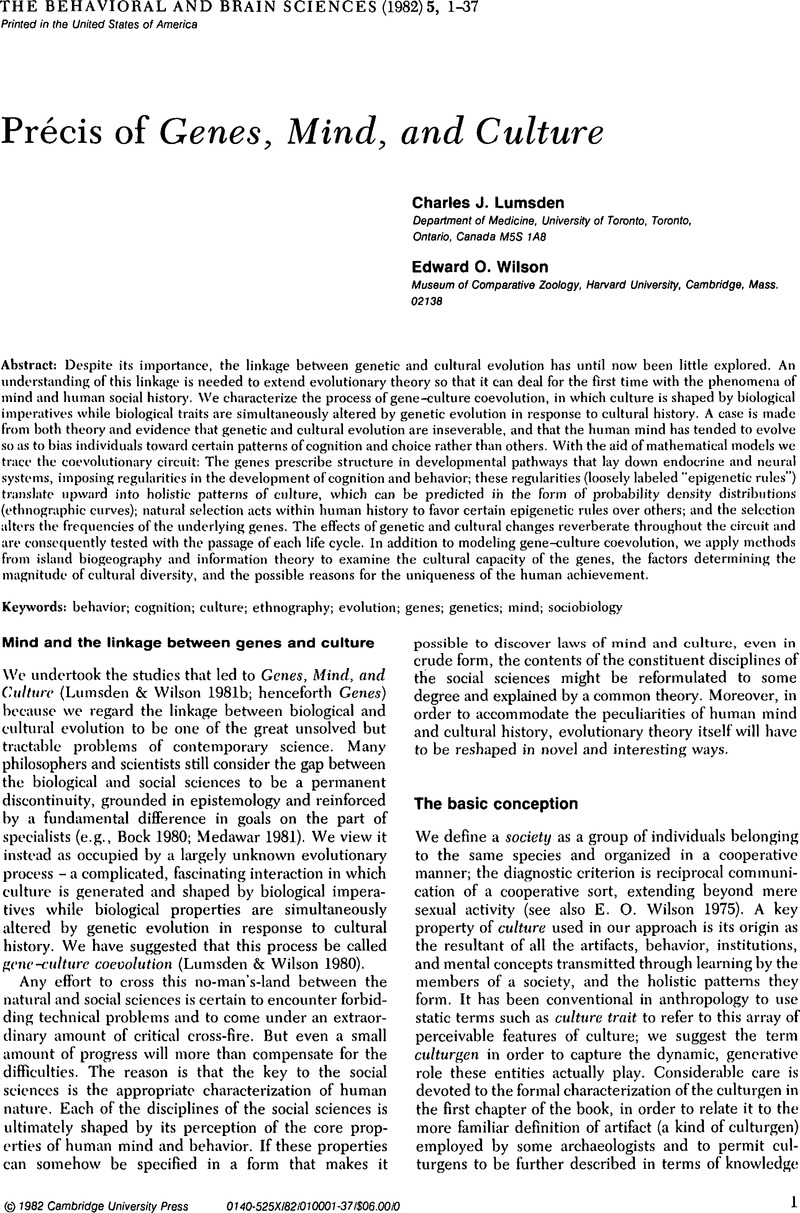Crossref Citations
This article has been cited by the following publications. This list is generated based on data provided by Crossref.
Schmidhauser, John R.
1987.
A Critique of “Bioconstitutional Politics: Toward an Interdisciplinary Paradigm”.
Politics and the Life Sciences,
Vol. 5,
Issue. 2,
p.
213.
Koslowski, Peter
1996.
Ethics of Capitalism and Critique of Sociobiology.
p.
75.



